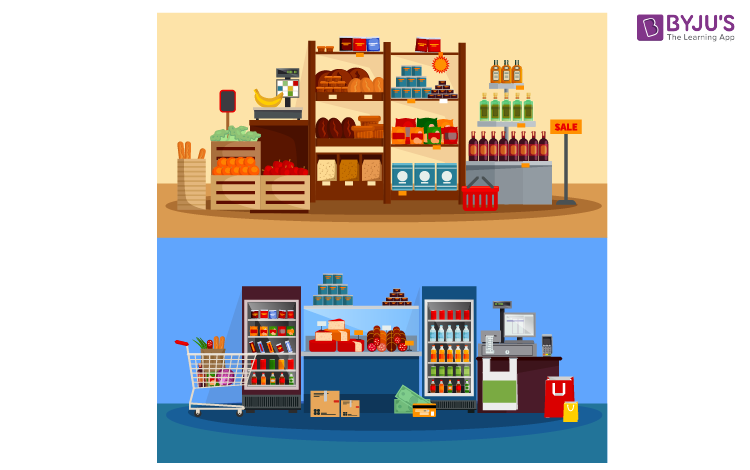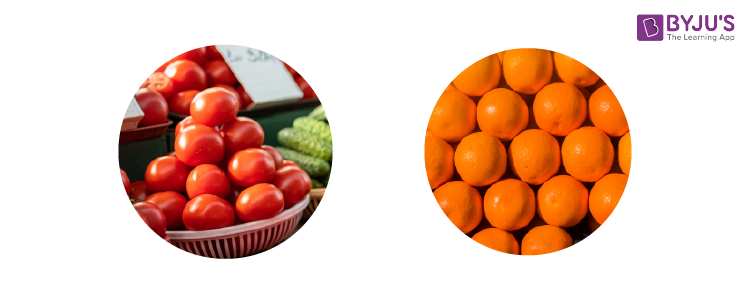We see so many objects around us; book, pen, pencil, fan, washing machine, bag, spoon etc. All these objects were invented or discovered by us to suffice a particular purpose. For e.g. a vessel is used to store food items, a pencil is used to write, the washing machine makes washing clothes easier and so on. The properties of these differ from one another and their usage depends on their properties. For e.g. a mirror reflects light and is hence used to look at reflections, pencil has a graphite tip and hence is used for making marks on a paper. Plastic, being an insulator is used to insulate handles of utensils and electrical wires. Here, we shall see how these objects are classified into groups.

Objects can be roughly classified on the following bases:
Colour: For conditions where the convention is based on the colour of an item, we classify materials on the basis of their colour. For example, red being the colour of danger can be depicted by using any object of that colour, say a flag or a bulb.

Texture: For instances where the surface of the material is being used, the classification based on texture is followed, for example, in the process of abrasion, materials with rough surfaces are used such as sandpaper, wire brush etc whereas while making toys, materials that are soft to touch are used, such as wool, fur, rubber and plastics.

Shape: Objects can be classified easily on the basis of shapes. For e.g. objects that are round in shape such as a cricket ball, a marble, oranges, globe etc. Objects of similar shape can be stacked in a similar manner.

Lustre: Items of metal show the property of lustre, because of which they are used in ornaments, for example, gold, platinum silver etc.

Opacity: It is classified on the basis of their transparency, for example, when setting up a shade, we use opaque material such as metal sheets or coloured plastics in order to prevent the passage of sunlight whereas for transparent doors we use glass, transparent plastics or glass fibre.

Similarly, numerous other bases can be chosen for the classifications, such as the chemical properties, physical state, physical nature etc. Sometimes, these circles of classifications intersect, and a new basis is generated, for e.g. an object thin and cylindrical in shape, with high electrical conductivity is used to make wires such as aluminium, copper etc. Classification helps us in generating options and alternatives for a particular task. Keeping the availability and affordability of these alternatives in mind, we choose the best option for any task.
Recommended Videos
Matter Around Us

To learn more about this topic, download BYJU’S – The Learning App from Google Play Store and watch interactive videos. Also, take free tests to practice for exams.


Comments